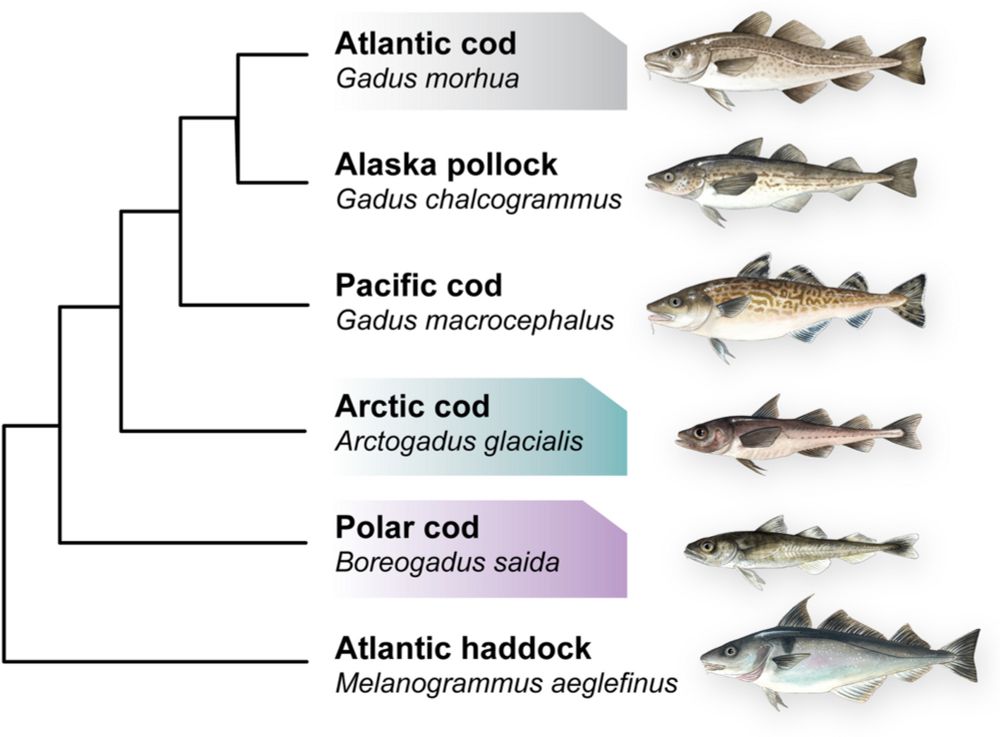daxkellie.quarto.pub/a-guide-to-w...
All the links and references are there too in case you want to see more! 😀🧪🌏
#ESA2025 #rstats #quartopub

daxkellie.quarto.pub/a-guide-to-w...
All the links and references are there too in case you want to see more! 😀🧪🌏
#ESA2025 #rstats #quartopub
Investigating the evolution of large meiotic rings of multiple X and Y chromosomes in two Leptodactylus species
🔗 www.nature.com/articles/s42...

Investigating the evolution of large meiotic rings of multiple X and Y chromosomes in two Leptodactylus species
🔗 www.nature.com/articles/s42...
Very nice work from Holger Puchta & colleagues

Very nice work from Holger Puchta & colleagues
🔗 doi.org/10.1093/gbe/evaf197
#genome #evolution

🔗 doi.org/10.1093/gbe/evaf197
#genome #evolution
Our latest perspective piece is out, and it’s one you won’t want to miss- 'The Genomic Kaleidoscope'
academic.oup.com/gbe/article/...
Co-lead by @mbrasovives.bsky.social @jrotwitguez.bsky.social & @diegoharta.bsky.social
📌 Check the full post here👇
Our latest perspective piece is out, and it’s one you won’t want to miss- 'The Genomic Kaleidoscope'
academic.oup.com/gbe/article/...
Co-lead by @mbrasovives.bsky.social @jrotwitguez.bsky.social & @diegoharta.bsky.social
📌 Check the full post here👇
🧪🧬
HJ Muller and the relationship between sex chromosome degeneration and the evolution of dosage compensation url: academic.oup.com/gbe/article/...

🧪🧬
HJ Muller and the relationship between sex chromosome degeneration and the evolution of dosage compensation url: academic.oup.com/gbe/article/...
Organized with Tanja Schwander, Laura Ross (@laurarossevo.bsky.social) and Axel Imhof.
meetings.embo.org/event/26-sel...
#EMBOselfishElements #EMBOevents

Organized with Tanja Schwander, Laura Ross (@laurarossevo.bsky.social) and Axel Imhof.
meetings.embo.org/event/26-sel...
#EMBOselfishElements #EMBOevents
@jevbio.bsky.social is seeking Review Articles!
Find out more about Reviews and Target Reviews at JEB here:
academic.oup.com/jeb/pages/re...

@jevbio.bsky.social is seeking Review Articles!
Find out more about Reviews and Target Reviews at JEB here:
academic.oup.com/jeb/pages/re...
@unioslo-cees.bsky.social
@biovitenskap.bsky.social
link.springer.com/article/10.1...

@unioslo-cees.bsky.social
@biovitenskap.bsky.social
link.springer.com/article/10.1...
Reference genome bias in light of species-specific chromosomal reorganization and translocations
TL;DR - We show that the choice of reference genome biases the detection of structural variants and popgen stats. Navigate carefully - 🛳️ 😬
link.springer.com/article/10.1...

Reference genome bias in light of species-specific chromosomal reorganization and translocations
TL;DR - We show that the choice of reference genome biases the detection of structural variants and popgen stats. Navigate carefully - 🛳️ 😬
link.springer.com/article/10.1...
www.biorxiv.org/content/10.1...

www.biorxiv.org/content/10.1...
New preprint exploring how turnover reshapes barriers to gene flow through an “escape-hatch” model for mitonuclear conflict.
Any feedback would be welcome! ecoevorxiv.org/repository/v...
New preprint exploring how turnover reshapes barriers to gene flow through an “escape-hatch” model for mitonuclear conflict.
Any feedback would be welcome! ecoevorxiv.org/repository/v...
academic.oup.com/gbe/advance-...

academic.oup.com/gbe/advance-...
Plenary talks by Suzanne Alonzo, John Fitzpatrick, and Chiara Benvenuto.

Plenary talks by Suzanne Alonzo, John Fitzpatrick, and Chiara Benvenuto.

Proud to share the 1st publication of Xindi Huang:
link.springer.com/article/10.1...
With @fishcongen.bsky.social
🖥️🧬🦑

Proud to share the 1st publication of Xindi Huang:
link.springer.com/article/10.1...
With @fishcongen.bsky.social
🖥️🧬🦑
#EndlessFishMostBeautiful

#EndlessFishMostBeautiful
go.nature.com/42JFObR

go.nature.com/42JFObR
academic.oup.com/mbe/advance-...

academic.oup.com/mbe/advance-...
🔗 doi.org/10.1093/molbev/msaf208
#evobio #molbio

🔗 doi.org/10.1093/molbev/msaf208
#evobio #molbio
The expected answer: selection.
But our new paper in GENETICS shows that genetic drift alone can generate sexual dimorphism — even when male & female optima are the same
The expected answer: selection.
But our new paper in GENETICS shows that genetic drift alone can generate sexual dimorphism — even when male & female optima are the same




